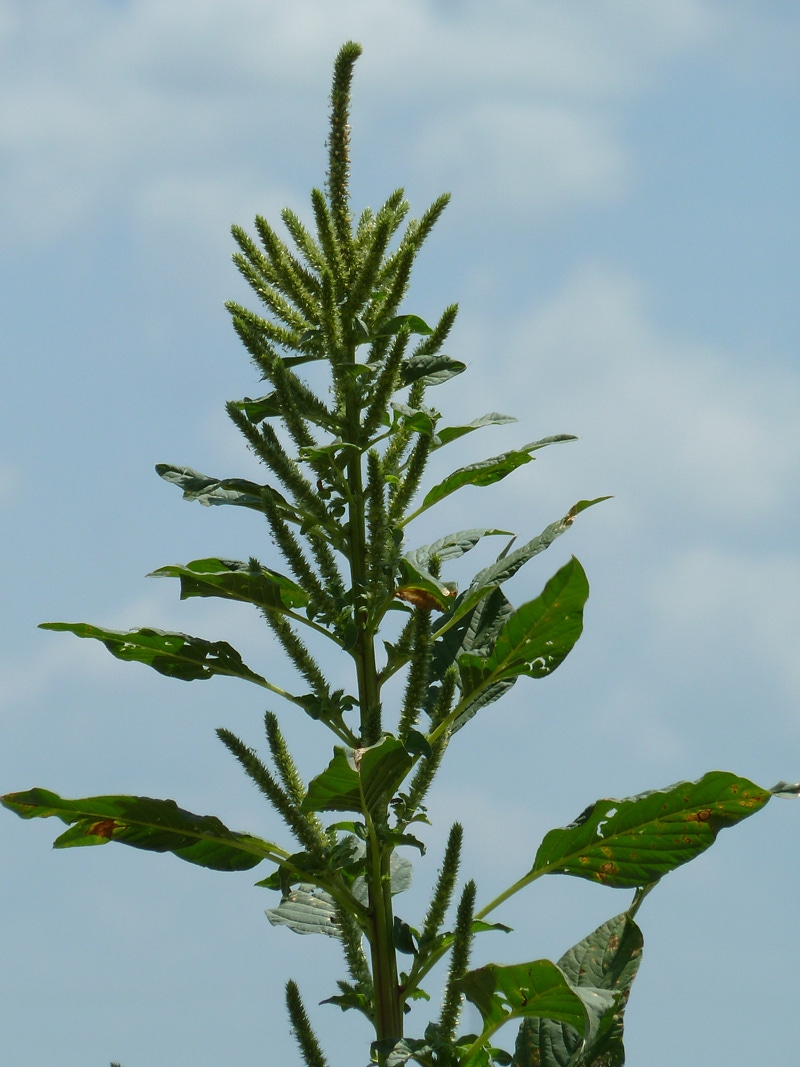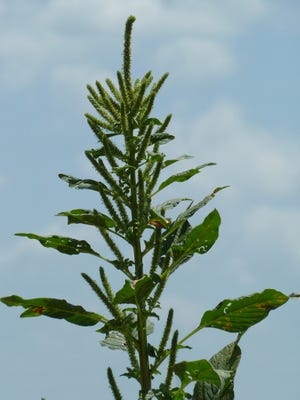
It’s no secret that weeds remain a problem for growers today. Given this, experts say one of the first steps in successfully combating weeds is correctly identifying them so proper action can be taken.
Printed weed identification guides have been around for a long time, but a large number of resources can also be found online, thanks to the work of many different universities.
More recent, however, is the availability of weed identification apps that allow mobile device users to have immediate access to data for accurate, in-the-field assessments. Penton Media (the publisher of Farm Industry News), for example, offers Weed ID, an app that helps use rs identify weeds based on key data inputs like crop type, location, month and plant characteristics. It also has a feature where
rs identify weeds based on key data inputs like crop type, location, month and plant characteristics. It also has a feature where
you can take a picture of an unknown weed, and then compare it side by side against images of other weeds for easier identification.
Another popular option is a free app offered by the University of Missouri Extension called ID Weeds, which also allows hand-held device users to identify hundreds of different weeds using a variety of search characteristics.
Given the above, the ease (and speed) at which weeds can now be identified has certainly improved. But according to Michael Koenig, the founder and president of Lone Tree, Iowa-based ScoutPro, the mobile apps his company designs for crop scouting purposes provide a glimpse of how weed identification technology fits into the bigger picture of crop management.
“We offer crop-specific applications, all of which have pest and weed identification aspects built into them,” explains Koenig, who first got the idea for his business while taking an ag entrepreneurship class at Iowa State University four years ago. “What sets us apart from others is that our users are presented with visual options, which helps them identify weeds by focusing on different plant characteristics.”
Offline approach
Koenig explains that another benefit of ScoutPro’s apps is thatthey’re designed to be used offline and can be synced up later to run reports and manage data. Its apps also have GPS tracking and mapping capabilities, so as to enhance the quality (and accuracy) of the crop scouting information.
“We wanted to raise the level and quality of crop scouting,” offers Koenig. “But as growers adopt new technologies, the decisions they make will only be as good as the data they’re collecting.”
Obstacles, however, still exist when it comes to technology. In particular, Koenig cites bandwidth and connectivity as two big issues when it comes to utilization of any type of apps in agriculture, because when it takes too long for devices and information to sync up, it discourages timely decisionmaking and management practices.
Looking to the future, Koenig predicts the placement of field sensors — such as those currently in use by grape growers today to provide real-time data and measure a variety of stress factors on vines — will end up being more important for crop management than imaging technology. For the time being, though, he believes mobile apps will continue to evolve and play an important role in how growers collect and manage crop-related data, including information on weeds.
“The old standby of looking in a book to identify weeds isn’t going to be as effective anymore. Using mobile devices and apps, however, is now a much better crop management option today,” says Koenig.
Yontz writes from Urbandale, Iowa.
Solution Center is independently produced by Penton Farm Progress through support from SureStart® II herbicide. For more information, visit GetMoreTime.com.
About the Author(s)
You May Also Like




